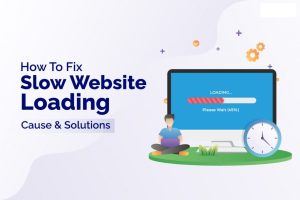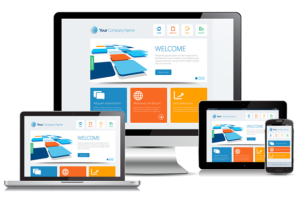For businesses today, the traditional concept of a centralized workplace is shifting as remote work becomes increasingly mainstream. Employers must adapt to changing circumstances by empowering their employees with the necessary digital resources, including a human resource management system (HRMS). An HRMS can provide a comprehensive platform that enables anytime, anywhere access to employee and company data. Here are some key ways that an HRMS can empower employees:
1. Self-Service Functionality

One of the primary benefits of an HRMS is that it offers self-service functionality that allows employees to access and update their personal information and employment data. Employees can view payslips, request time off, enroll in benefits, and update their contact information, among other things. This feature not only increases efficiency but also enhances employee satisfaction by giving them more control over their employment records and data.
2. Mobile Accessibility
An HRMS can be accessed from anywhere, anytime with a mobile app or a responsive web application. With the widespread availability of smartphones and tablets, mobile accessibility has become a crucial factor in empowering employees’ ability to stay connected and engaged regardless of their location. Employees can access their HR data on the go, making it easier for them to submit requests and other tasks.
3. Streamlined Recruitment and Onboarding
An HRMS can streamline the recruitment and onboarding processes, from posting job openings to managing candidate applications, and then to the entire onboarding process. With the HRMS, new hires can complete all paperwork, have virtual introductions with their colleagues, view their onboarding schedule, and have their tasks automatically scheduled in one location. This not only enhances efficiency but also makes a positive impression on the new hires and ensures that they feel welcome.
4. Learning and Development Resources
An HRMS simplifies and automates the learning and development processes by storing and tracking employee training records and allowing employees to self-enroll in various training courses. HRMS provides a centralized platform where employees can complete training to improve their knowledge and skills, regardless of their location.
5. Performance Management and Feedback
HRMS supports Performance Management and Feedback, offering a continuous feedback mechanism, goal setting, employee recognition, and review management. These features keep employees informed of their progress, and the feedback given is an essential tool for performance improvement.
6. Communication and Collaboration
An HRMS has communication and collaboration tools that foster transparency and inclusivity by providing a platform for employee self-expression and collaboration. This enables employees to communicate with their colleagues and supervisors through chat, messaging, and video calls. Making communication accessible provides employees with a united voice and bridges geographical and departmental distances.
Conclusion
Investing in an HRMS is an essential strategy for empowering employees anytime, anywhere. By providing self-service functionality, mobile accessibility, streamlined recruitment and onboarding, learning and development resources, performance management, feedback, communication, and collaboration tools, businesses can deliver an exceptional employee experience. When employees have convenient access to essential HR data from their laptops or mobile devices, they are more productive, engaged, and satisfied. An HRMS ensures that employees are informed, productive, and motivated, even if they are working remotely, ultimately driving the success of the organization.









